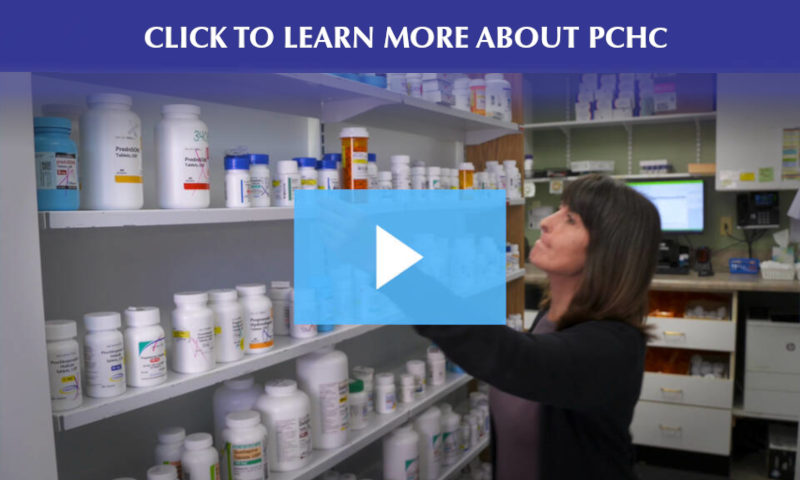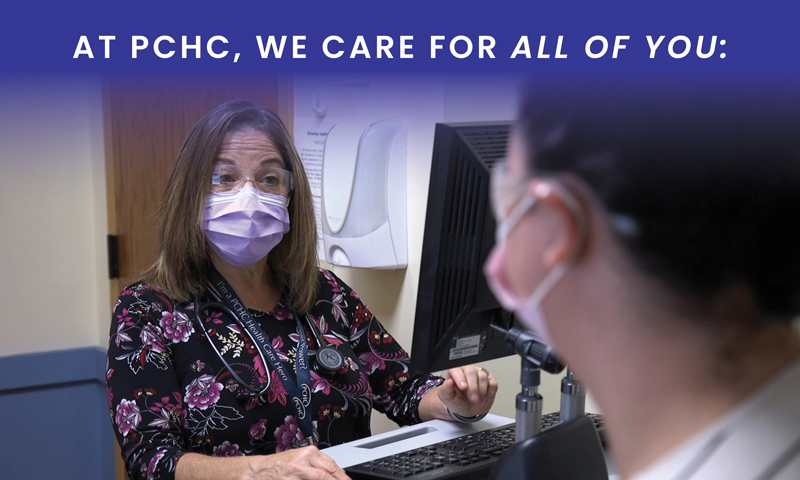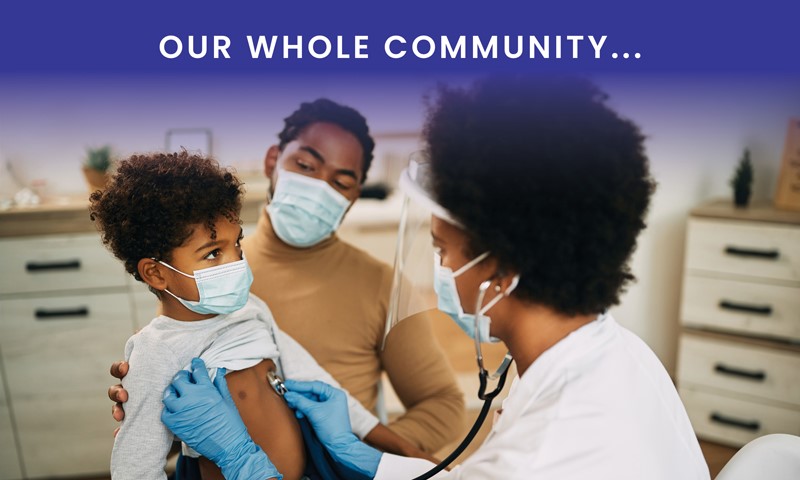
PCHC
Discover Exceptional Primary Care
& More for Your Whole Family
At PCHC, we serve everyone, from babies to kids to elders… from Bangor to Old Town, to Winterport and Belfast, to Jackman.
Best of all, our integrated care model means we have the services and specialists to take care of you from head to toe at our network of offices including:
Primary Care • Dental • Mental Health • Walk-in Care • Physical Therapy
Recovery • Speech Therapy • Chiropractic • Nutrition & Wellness
Podiatry • Pharmacy • Osteopathic Medicine • Hearing Loss • OB/GYN
Online Self-Scheduling
For details on how to schedule an appointment through our self-scheduling system, please select the “Appointment Information” link below.



